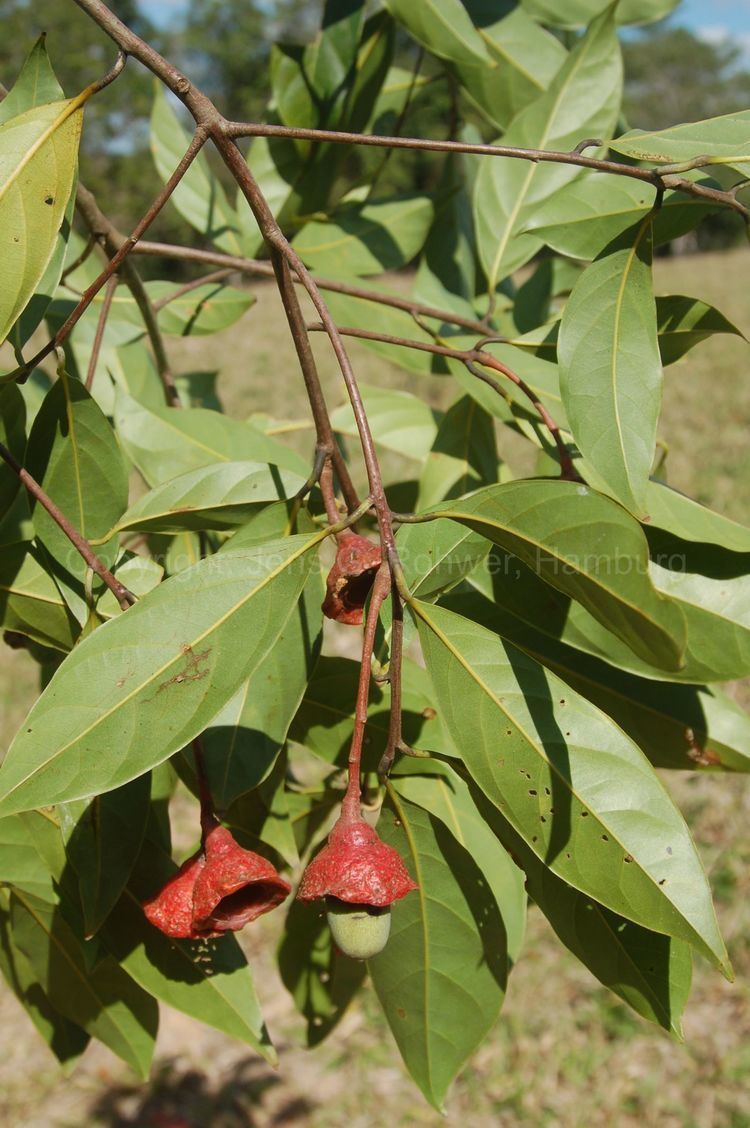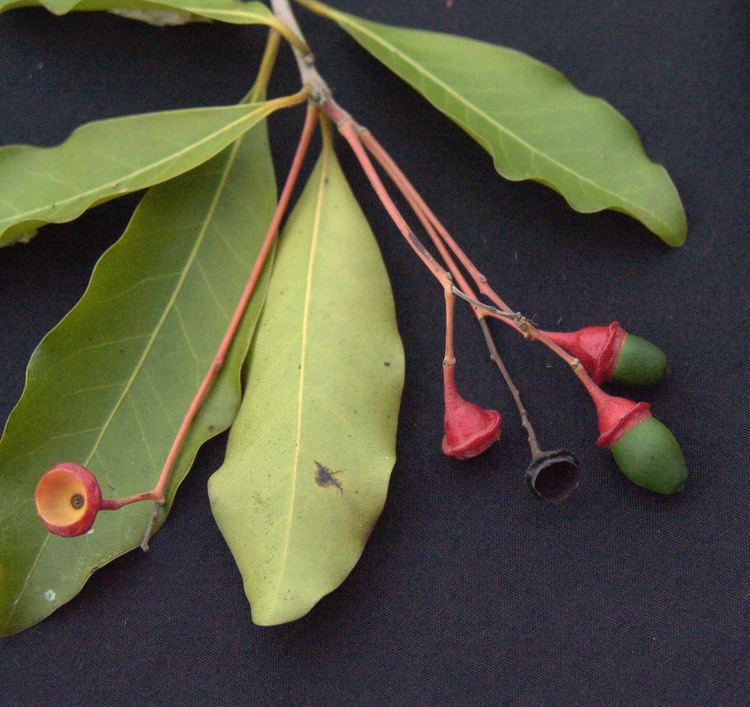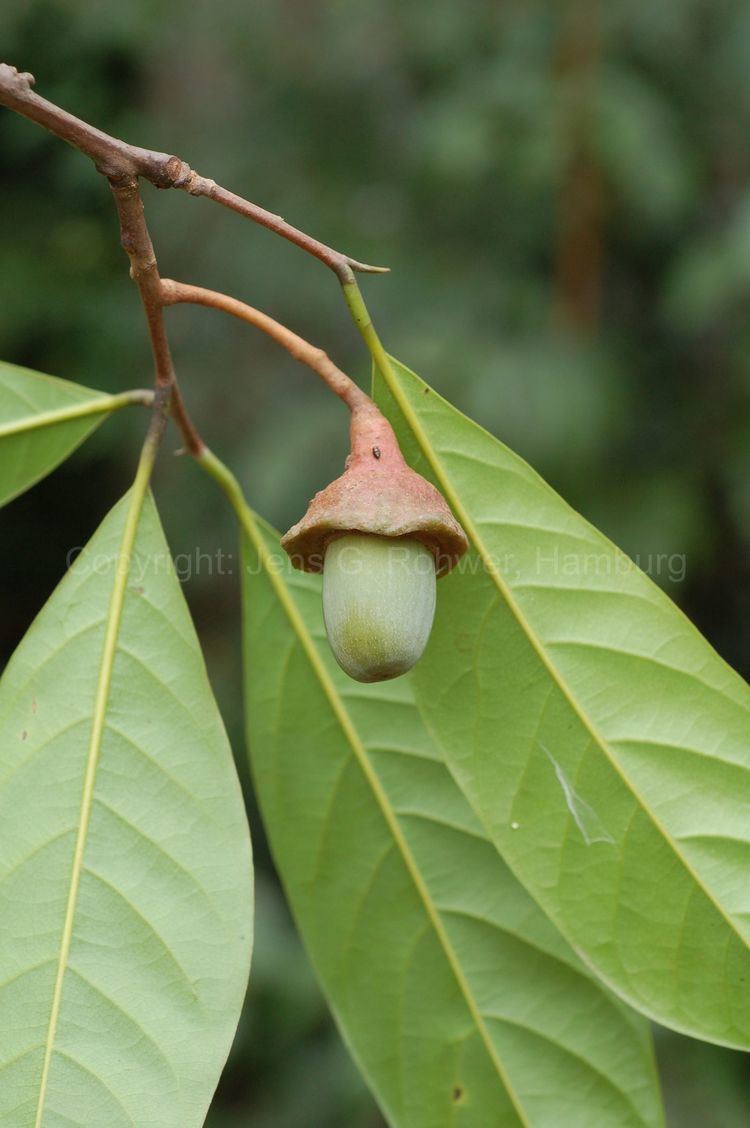Scientific name Licaria Rank Genus | ||
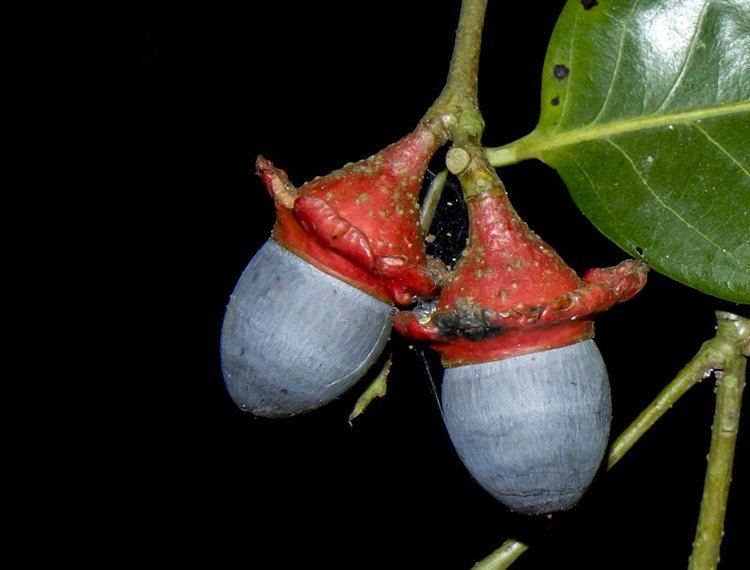 | ||
Lower classifications Licaria velutina, Licaria cubensis | ||
Licaria is a flowering plant genus in the family Lauraceae, endemic of Central America and South America. It is a Neotropical genus with near of 40 species.
Contents
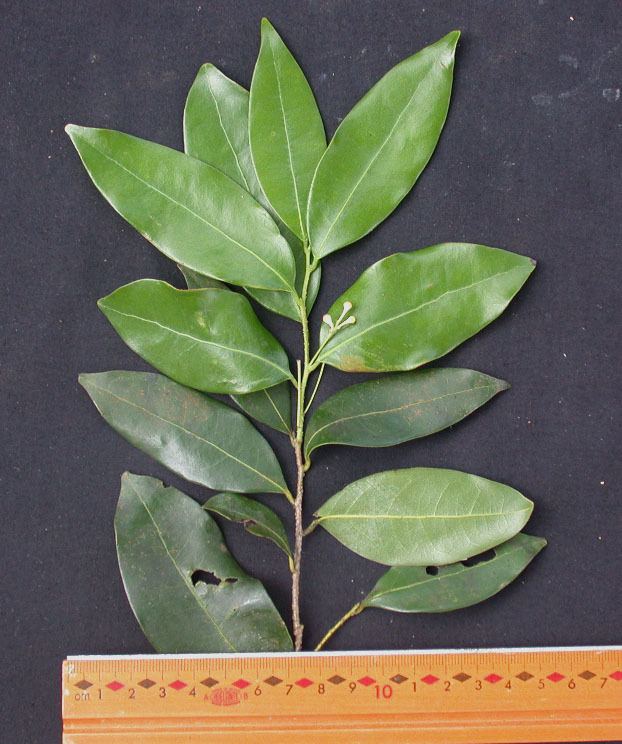
Overview

Licaria is a Neotropical genus consisting of 38-40 species distributed from southern Florida, Mexico to the south of Brazil and Bolivia. In Brazil, the occurrence of 20 species and two subspecies, mostly in the Amazon region (Kurz 2000). These trees have a resilient wood, useful as timber, for construction and as firewood. In the State of Rio de Janeiro are two recognized species: L. armeniaca (Nees) Kosterm. and L. Aubl guianensis.
Description

They are evergreen monoecious, hermaphrodite, trees or rarely bushes. Leaves lax at the apex of the branches, without papillae on the abaxial epidermis of the leaves. The leaves are alternate or opposite but rarely opposite, entire, subcoriaceous in some species of Central America as Nicaragua, glabrous on the upper, glabrous or pubescent on the underside, pinnatinervium. Flowers in panicles terminating in a top. The inflorescences in axillary, paniculata so capitated, the tepals generally the same, with three stamens, the anthers exserted or included at anthesis, filaments free or fused.

Flowers monoclinic with hypanthium urceolate, not depressed below the tepals, tepals 6, generally erect, equal inner surface without papillae. Androecium with three stamens fertile, fillets generally the same width as anthers or more slender, anthers bilocelares: 1st and 2nd series with stamens absent or transformed into staminodes; third grade with 3 stamens, a pair of glands at the base of fillets present, reduced, never fused, or absent, anthers introrse or extrorse-apical; estaminodial fourth grade absent or rarely present with 3 staminodes. The fruit is a bay with tepals deciduous, with an underlying dome double border, partially surrounded by large dome over the fruit, double border.
Species
Include:
